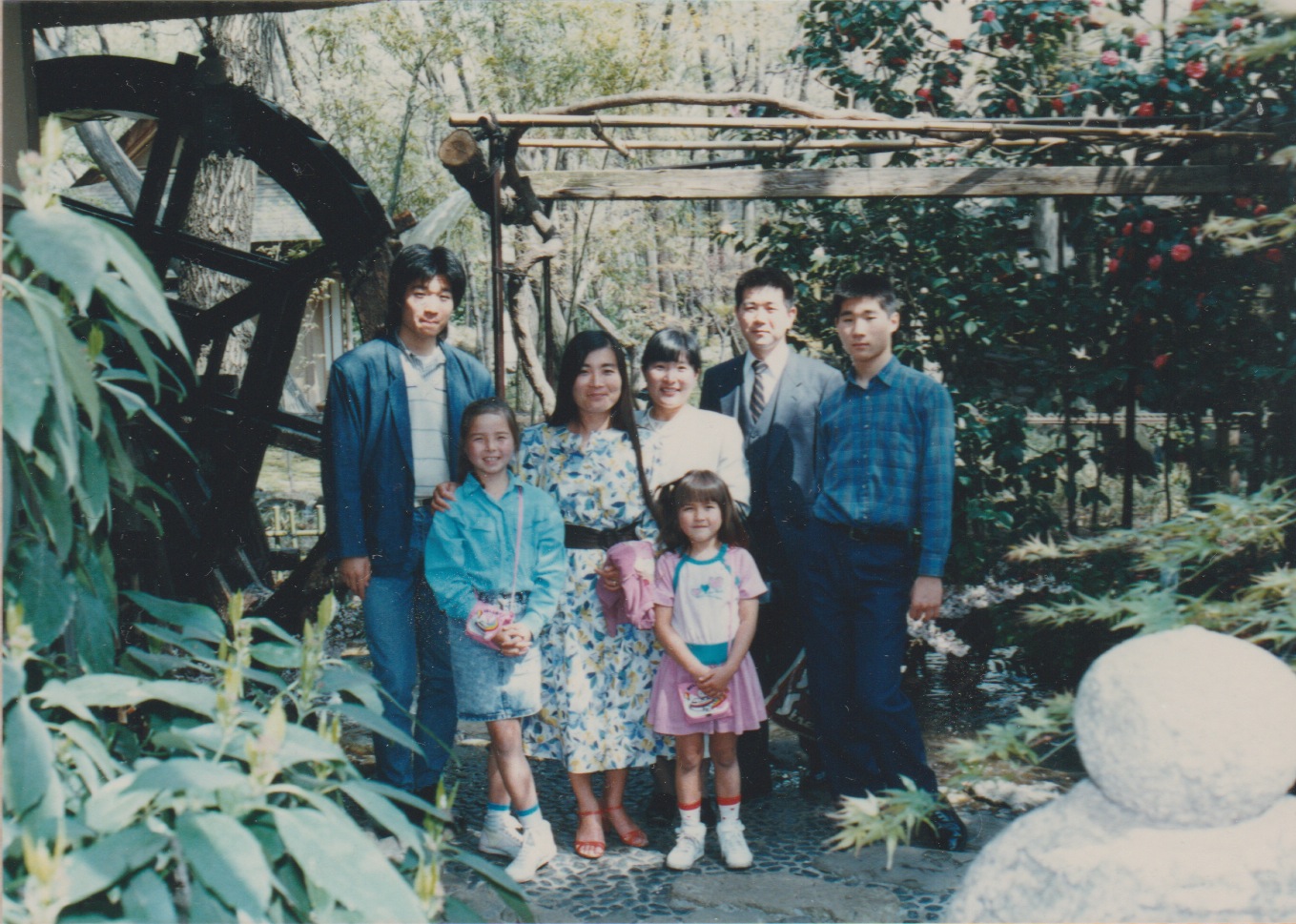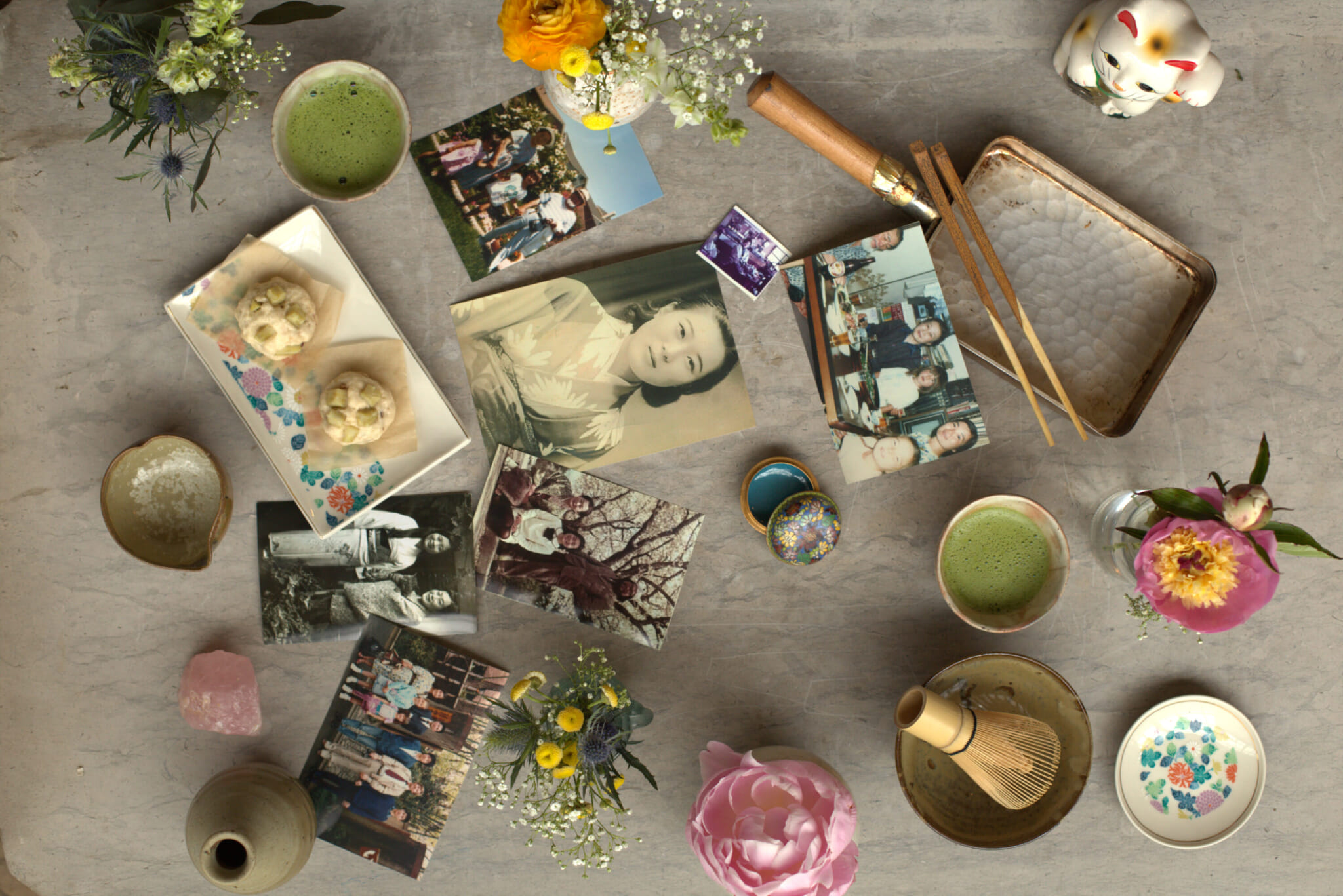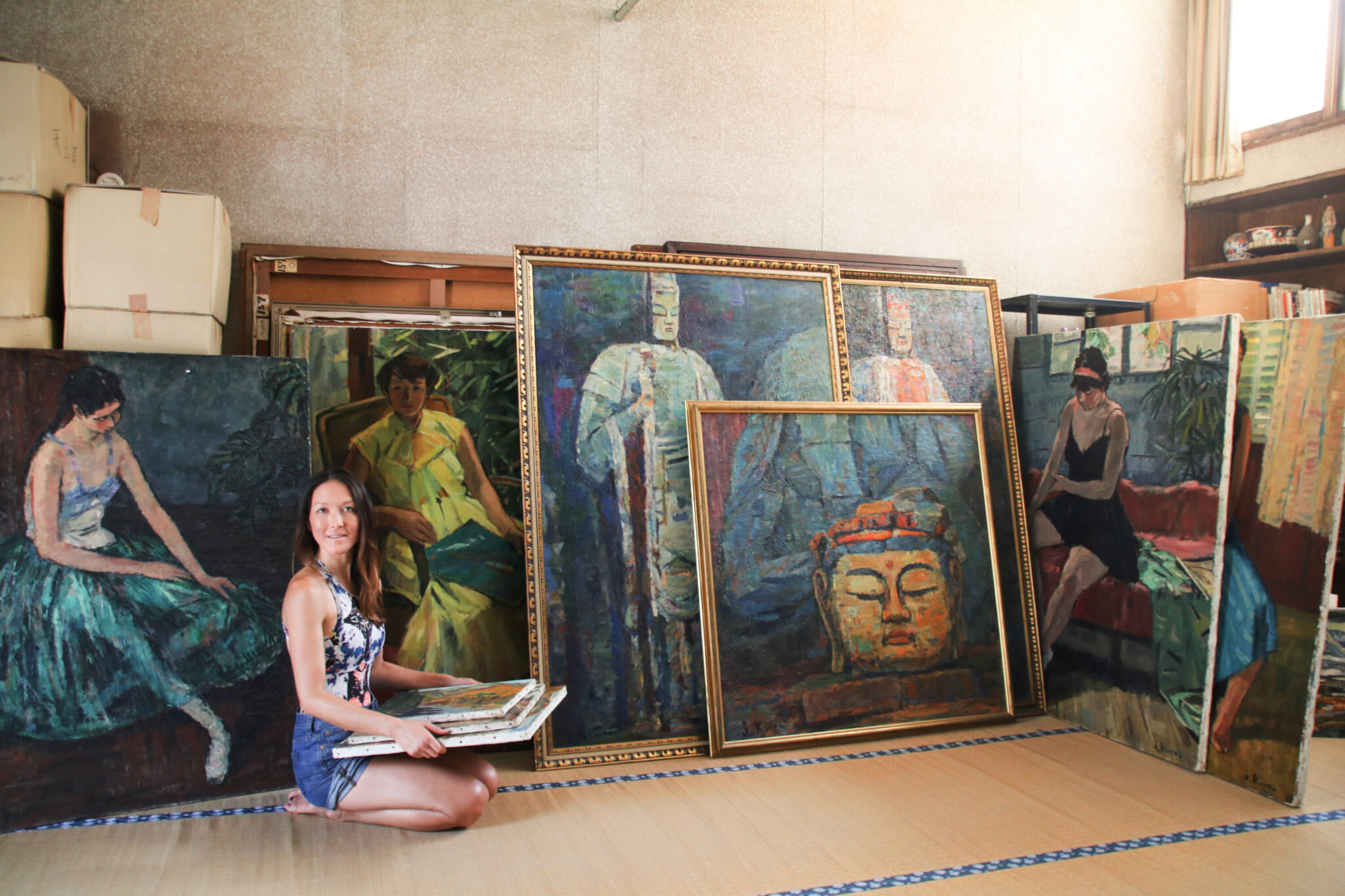Wellness may be a multibillion-dollar business, but for Candice Kumai, it’s simply a natural part of life. For more than a decade now, it has defined her lifestyle and her worldview.
The California-born Japanese American has become the “golden girl of wellness,” with an ever-expanding brand that encompasses cooking, authoring food books and wellness publications, presenting television shows both in Japan and the US and being a legitimate social media influencer with hundreds of thousands of followers.
Kumai’s latest book, Kintsugi Wellness: The Japanese Art of Nourishing Mind, Body, and Spirit, comes from years of soul-searching and understanding more about her Japanese roots and Japanese culture. Though kintsugi generally refers to the mending of broken pottery using lacquer and powdered precious metals like gold, Kumai’s book refers to our own brokenness and how we can, ostensibly, fix ourselves by striving for a healthy mind, body and positive outlook on life.
The Californian’s documentary, titled Kintsugi and available on NHK World as Kintsugi Wellness, is a profound exploration of Kumai’s personal history and also her deep relationship with Japan and its philosophies and centuries-old attitudes to self-wellness and enlightenment. Poetic, beautiful and spiritual, Kumai’s book and documentary have been causing ripples across the wellness industry and beyond, with her fanbase and multilayered career expanding day by day.
In an exclusive interview with TW, conducted over email, Kumai speaks about her background, her relationship with Japan and her dazzling career as a global wellness leader.

Could you tell me about your relationship with Japan and what the country means to you?
Oh, I love Japan so much. It feels like home to me! My mother and father met in Kamakura in the 1970s when my father was a sailor in the US Navy stationed at Yokosuka and my mom was studying at Tokyo Gakugei University. My mother was born in Beppu, Kyushu, and she began taking my sister and me to Japan in 1988. I was in kindergarten when she took me to Tokyo, Kyoto and Beppu.
My best memories are of my grandmother’s house and of how she taught me about miso, gohan and tsukemono every morning, and of going out for kaiseki ryori and to onsen. It was a dream to me as a child, and it still is as an adult. And how we went to my grandfather Jun Kumai’s impressionist art gallery openings back in the 1980s.
I can’t count how many times I have been to Japan, but I know there’s a devout and deep love for Japan and its people, culture and traditions in everyone in my family, especially through what my mother and great-auntie Takuko have taught me.
What inspired you to write Kintsugi Wellness: The Japanese Art of Nourishing Mind, Body, and Spirit, and what was the process like?
I was living in New York City, writing in a very crowded wellness space where I was considered by some to be a pioneer. I decided it was time to walk away from basic wellness — I wasn’t going to play small.
My grandmother was then passing away in Japan, an unfit relationship ended, and I wasn’t happy with writing “basic” or “clickbait.”
The vast majority was written in Shikoku and Koyasan, with no social media or cameras. I was alone in the cold winter months as well as the blossoming spring, grieving much loss. I actually wrote the book for you, the reader — to heal, to love, to grow. I am still doing much of the inner work and personal, deep self practices to find more enlightenment. I will forever be a student.
Writing and creating Japanese content with integrity is how I have been able to do this. It has not been the easy route, but my parents taught me to create something beautiful with my life. Books, documentaries, news segments, journals, cooking, photography, skills, the arts — these things became imperative to my growth and personal enrichment as a writer.
It took me five years to write, photograph, direct and produce this book. I sat down with my mom for dozens of hours to edit all the information on Japanese traditions. Of course, at some point, I had to accept that it was as good as I could make it. And it’s not perfect; it’s never going to be perfect.
Writing this book, I learned that we should let up on ourselves and one another. Yes, you will see imperfections in my work and me, but because of that acceptance, I’ve learned to be much more gentle with myself and others.

You started your career as a chef. Since then you have transformed into a TV personality, author, journalist and inspiration for people all over the world. Could you tell me about this journey and what effect it has had on your life and career(s)?
I do feel that the platform has grown into a space where I can genuinely help others from a place of authenticity. I think it’s also really important to learn from the Japanese people directly, and also to respect that Japanese Americans are different from Japanese, and Japanese Americans have faced much discrimination and racism in the US.
For so many years, I have seen that the Japanese have shared stories solely from the perspective of older white Western males. My job is to start changing that narrative as a half-Japanese, half-American journalist.
The journey has been both challenging and rewarding. I think the greatest benefit has been sharing my mother’s family’s legacy through WWII and being able to interview multiple survivors of the atomic bomb in Nagasaki for the Kintsugi documentary, which I highly recommend.
When you visit Japan, what do you like to do and eat, and where are your favorite spots?
I love Yanagiya, a ramen spot in my mom’s hometown of Beppu. And Mount Takasaki in Oita. My sister and I have so many fond memories there and of Beppu Onsen.
My best temple stays were in Shikoku, Koyasan in Wakayama and Shunkoin Temple in Kyoto, where Reverend Takafumi Kawakami works. He is a wonderful mentor and friend.
Finally, the Oita Prefectural Art Museum, where my grandfather’s impressionist paintings are still on display, is a favorite.

What does the word “wellness” mean to you?
Wellness, to me, is being healthy in the mind, in your thoughts and with your actions. This inevitably will lead to health in the body.
What’s next for you in your career?
It would be wonderful if my colleagues and I could get a show green-lit in 2023. That’s the goal. I’ll continue to write books with integrity — books that take me years to write — but to get a series where we can help others would be a dream come true.
My seventh book will be released as an Audible Original on April 27, 2023. Writing seven books by the time I turned 39 was no small feat, and juggling multiple publishers has had its challenges. Another dream, then, is to find a publisher that will hold on to me tightly. It would be incredible to find someone who could give me that secure home for publishing. Maybe I’ll start my own imprint one day.
Mostly, it would be wonderful to achieve more merit through enlightenment and earn the respect of my peers and those who have come before me — as well as the wise elders and my ancestors.
Do you have any messages for your fan base in Japan?
I thank the Japanese for teaching me and want to recognize your humility and grace, the beauty of our culture and the beauty of Japan. Please don’t lose sight of our traditions: They tell a beautiful story.
Follow Candice Kumai on Instagram.









